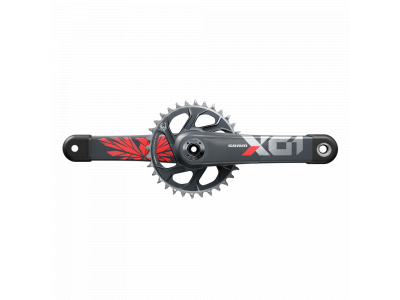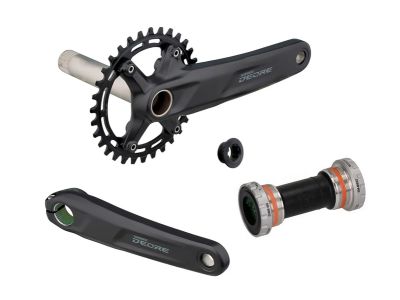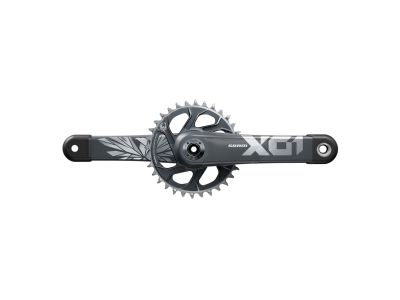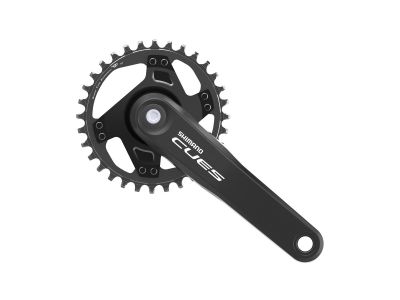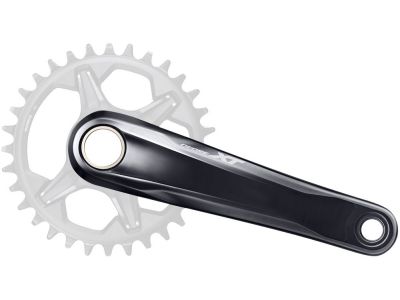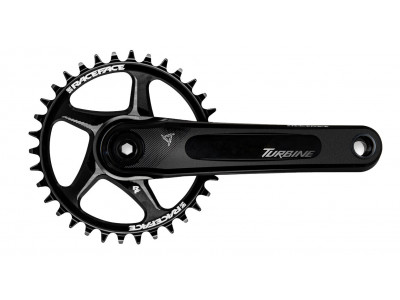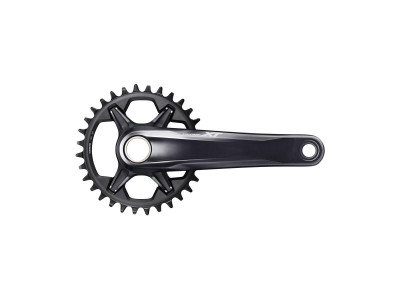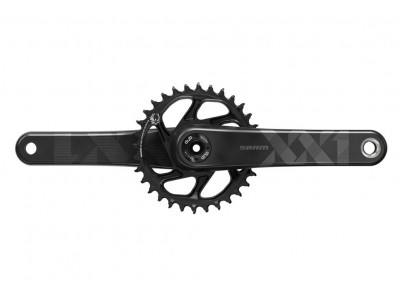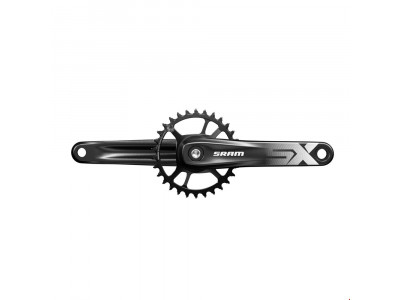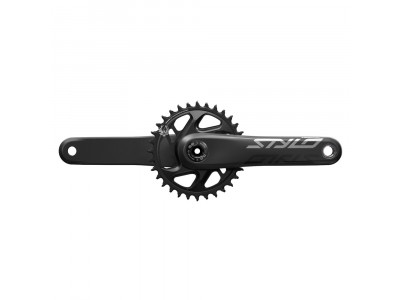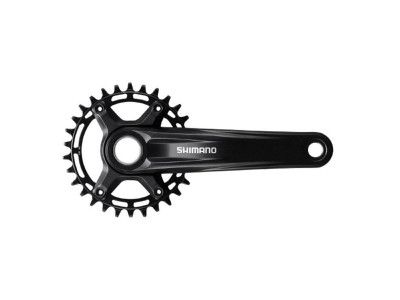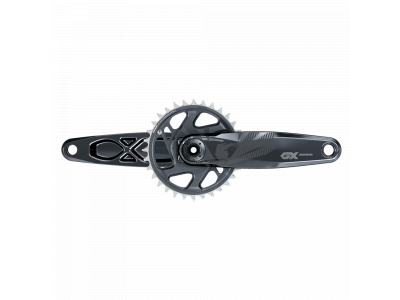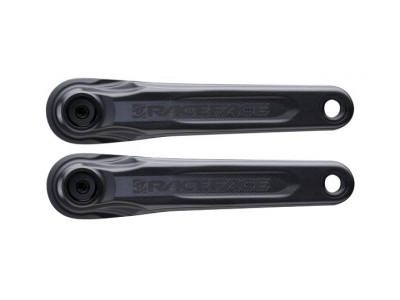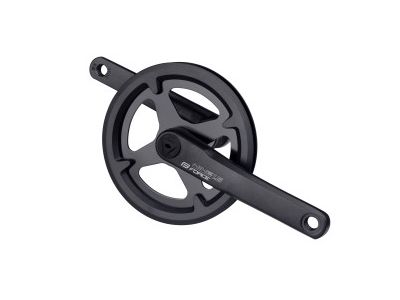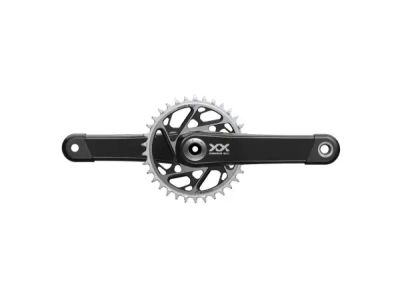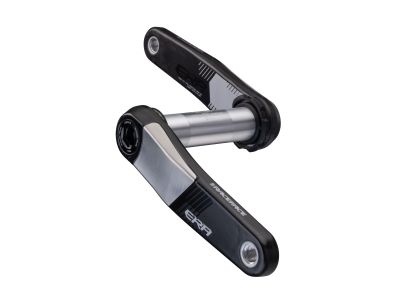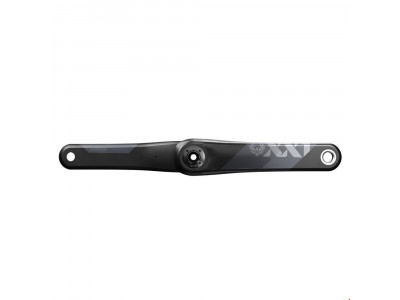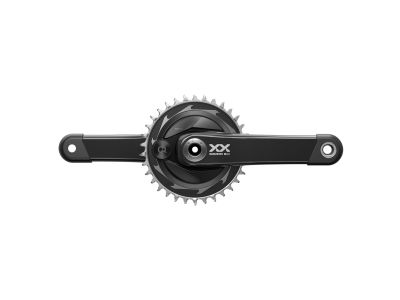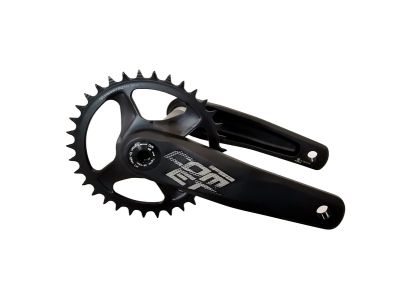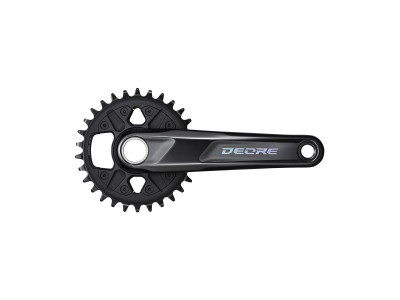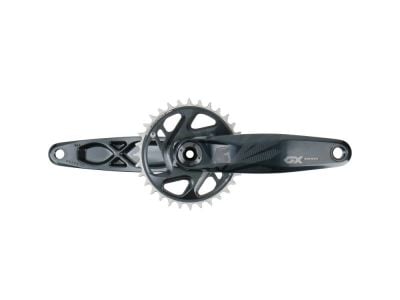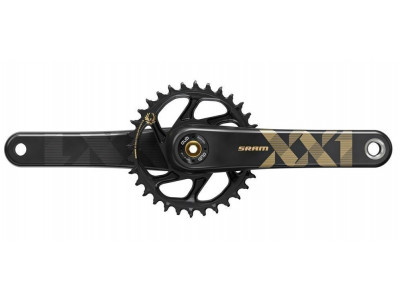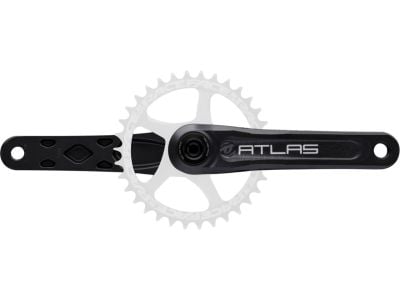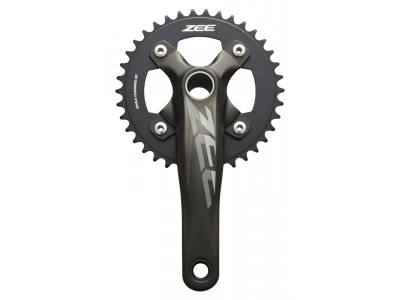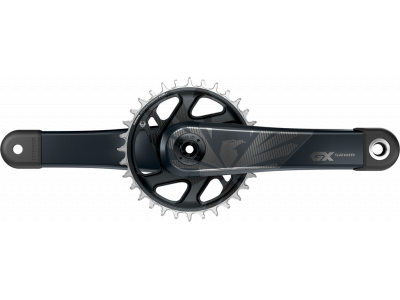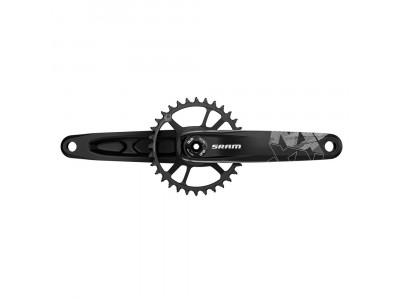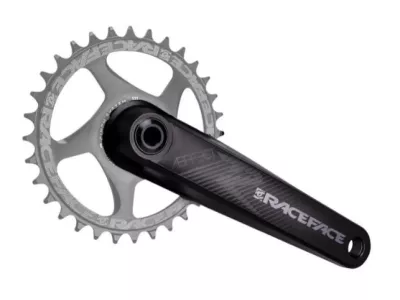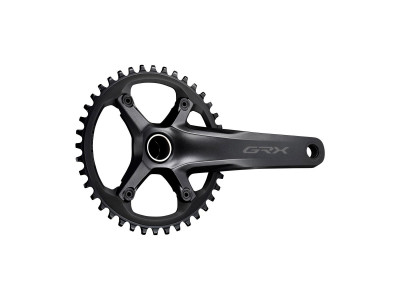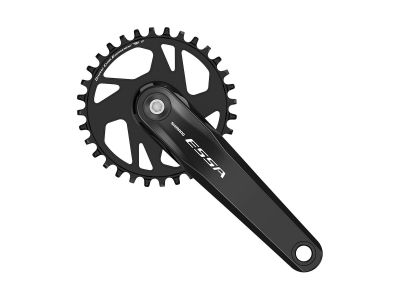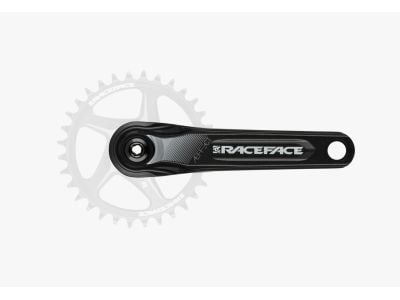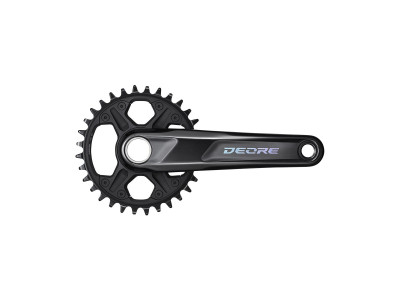MTB drives with a single chainring have gained considerable popularity in the world of mountain biking. Single chainrings offer simplicity, better chain retention and a wide gear range, making them the preferred choice of many riders.
The greatest advantage of a single chainring is its simplicity. Thanks to the single chainring, there is no need for a front derailleur or its cable. This reduces the complexity of the bike's drivetrain and makes it easier to maintain.
Be sure to watch our video before replacing and servicing the single chainring. Choose your ideal crankset and gear from the brands Shimano, SRAM or Truvativ today!
How to choose the right cranks with a single chainring?
Consider the following factors when choosing a single chainring crank:
- Crank arm length: Determine the appropriate crank arm length based on your height, riding style and personal preference. Common lengths range from 165 mm to 175 mm. Longer cranks provide more leverage, while shorter cranks offer better ground clearance and pedalling efficiency.
- Chainring size: Choose the chainring size that suits your riding needs. The size of the chainring determines the number of teeth. Consider the terrain, your physical fitness and the desired gear ratio. Smaller chainrings, such as 32T or 34T, are suitable for technical routes and steep climbs, while larger chainrings, such as 36T or 38T, provide more speed on flatter terrain or downhill.
- Chainring material: Choose a chainring made from durable materials such as aluminium or steel that can withstand the rigours of off-road driving. Aluminium chainrings are lighter, but somewhat less durable than steel ones.
- Chain line: The bike chain line refers to the alignment of the bike chain with the drivetrain components. Specifically, it is the distance between the axis of the bicycle frame and the axis of the chainring at the front and the axis of the cassette at the back. With a single chainring, a straight chain line is usually required, where the chainring and cassette are aligned directly with the axis of the bike frame.
- Compatibility with the bottom bracket: Check the compatibility with the type of bottom bracket of the bike. The common standards of the bottom bracket include threaded (e.g. BSA or English) or pressed (e.g. PF30 or BB92).
- Construction of the converter: Consider using a converter with narrow and wide teeth - “Narrow wide”, which alternately has narrow and wide teeth. This construction improves the chain grip and reduces the chance of the chain falling off, thus providing greater safety in difficult terrain.
- Budget: Determine your budget and choose cranks that provide the desired features within your price range. Don't forget that higher end cranks may offer lower weight, better stiffness and higher performance, but may be more expensive.
- Brand & reviews: Research and consider reputable brands known for producing quality single speed cranksets. Read reviews and ask for recommendations from experienced riders or bike shops to get an idea of the performance and reliability of different options.
Can I convert my existing mountain bike drive to a single chainring drive?
In many cases, it is possible to convert an existing mountain bike to a single chainring drive. However, this may require additional components and modifications, such as removing the derailleur and installing single chainring cranks
Should I seek professional help when installing or converting to a single chainring drive?
If you are unsure or unfamiliar with the installation process, it is recommended that you seek professional assistance from a mechanic. This will ensure the correct installation, compatibility, and adjustment of single chainring cranks for your mountain bike.
Remember that it is always recommended to consult an experienced mechanic or dealer, who will give you specific advice based on the bike's specifications.

